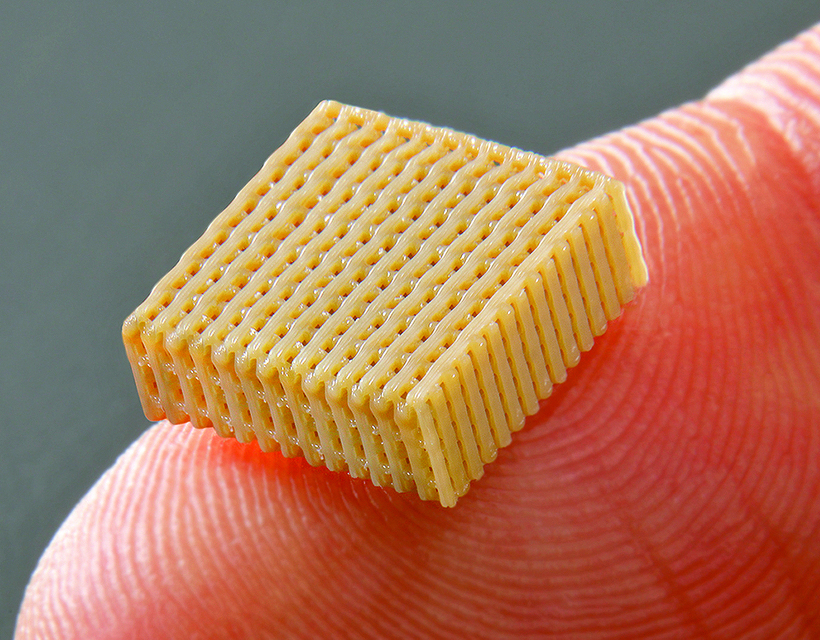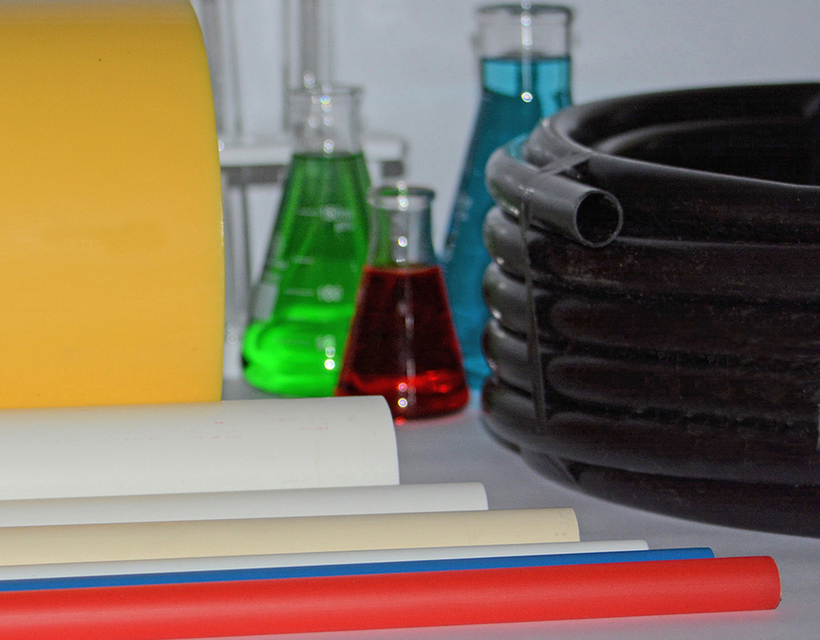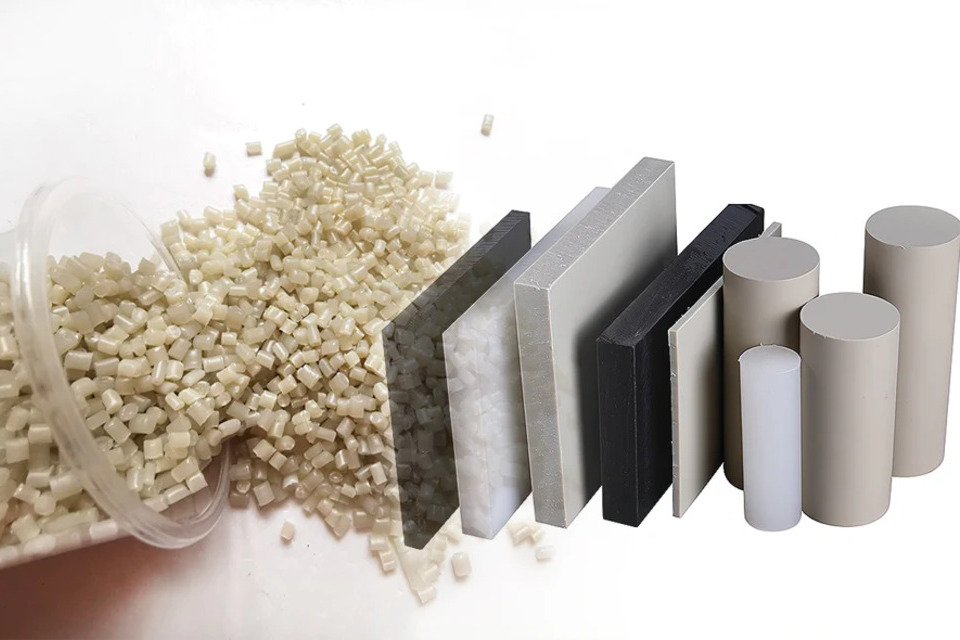We often hear about polypropylene (PP) and PEEK, but do we really know the difference between them?
In this article, we'll explore the contrasts and applications of PP and PEEK in detail. We'll compare their mechanical properties, temperature resistance, chemical resistance, cost comparison, electrical properties and more so you can make an informed choice when it comes to selecting materials for your project.
So let's dive in and learn all there is to know about PP vs PEEK.
Overview of PP and PEEK

Are you curious to know the differences between two common materials used in a variety of industries? Let's take a closer look at their properties and potential uses!
Polypropylene (PP) and Polyetheretherketone (PEEK) are both versatile engineering plastics that can be used for an array of applications. Both PP and PEEK possess excellent mechanical, thermal, electrical, and chemical resistance properties. However, there are certain areas where one material is more advantageous than the other.
PP has good rigidity, strength, and heat resistance, but it's not suitable for structural applications due to its low melting point. On the other hand, PEEK boasts superior mechanical strength with very high temperature resistance, which makes it ideal for aerospace and automotive parts or any application requiring extreme durability. Furthermore, PEEK offers good fatigue resistance, which makes it suitable for medical implant devices such as hip joints or spinal implants.
Both PP and PEEK provide great solutions for different needs. Understanding the contrasts between them will help make sure you pick the right material for your project!
Comparison of Mechanical Properties
Comparing their mechanical properties can help you decide which material is best for your project. Polypropylene (PP) and Polyetheretherketone (PEEK) are both thermoplastics with a range of applications. However, their mechanical properties differ enough to warrant special consideration.
Both materials possess excellent chemical resistance and low water absorption. PP has a slightly lower coefficient of friction compared to PEEK, but it has higher impact strength than PEEK in terms of fatigue and stress-cracking resistance. On the other hand, PEEK outperforms PP in tensile strength and modulus of elasticity at elevated temperatures. It also has superior wear resistance due to its higher hardness rating.
In summary:
- Polypropylene (PP): Low friction coefficient, high impact strength
- Polyetheretherketone (PEEK): High tensile strength & modulus of elasticity at elevated temperatures, superior wear resistance due to higher hardness rating
Both materials have advantages that make them suitable for different applications depending on need. Knowing the differences between these two materials can help you make an informed choice when selecting one for your next project!
Temperature Resistance
We all want to make sure our projects use the best materials. Temperature resistance is key, and PEEK stands out with its ability to withstand higher temperatures than PP. It can handle up to 260°C compared to PP's 120°C. This makes PEEK ideal for extreme heat or flame applications like jet engines, hot gas filtration, or medical implants. With PEEK's superior temperature resistance, we can take on challenging projects without sacrificing safety.
Chemical Resistance

Discover how PEEK's superior chemical resistance can give you the confidence to take on tough projects without sacrificing safety!
PEEK is a semi-crystalline thermoplastic that offers excellent performance in harsh chemical environments. It exhibits strong resistance to corrosive chemicals and solvents, even at high temperatures.
This makes it an ideal material choice for applications where a combination of temperature and chemical resistance is required. In comparison, polypropylene (PP) has good general chemical resistance but cannot be used in aggressive environment or at high temperatures.
With its higher degree of stability and reliability than PP, PEEK provides the confidence you need to tackle tough projects with peace of mind.
Cost Comparison
When it comes to cost, PEEK may be slightly more expensive than PP, but it's worth the extra cost for high-performing applications. Here are four reasons why:
- Reduced corrosion due to its strong resistance to many chemicals.
- Improved thermal stability which can help reduce energy costs.
- Low friction coefficient which can extend component life.
- Cost savings from fewer repairs and replacements over time.
A recent study demonstrated that using PEEK in an automotive application resulted in a 30% decrease in maintenance costs over PP. Overall, PEEK's overall performance benefits far outweigh any initial costs, giving users long-term value and peace of mind knowing their investments will pay off for years to come!
Electrical Properties
You'll be amazed at the electrical properties of PEEK, offering superior performance and reliability compared to other materials. PEEK is a semicrystaline thermoplastic with excellent chemical resistance, thermal stability, and mechanical strength. It has excellent dielectric properties, with low dissipation factor, making it an ideal choice for applications such as motor windings or power supplies. This allows it to be used in medical devices or other products that require high electrical insulation and heat resistance.
On the other hand, polypropylene (PP) is a semi-crystalline thermoplastic with good chemical resistance but only adequate mechanical strength and thermal stability. Its dielectric properties are also lower than those of PEEK, making PP less suitable for applications requiring high electrical insulation and heat resistance. Additionally, PP's melting point is much lower than that of PEEK which means that it may not perform well under extreme temperatures or conditions.
Therefore, when considering the electrical properties of both materials, PEEK offers superior performance compared to PP due to its higher dielectric strength and better thermal stability.
Advantages and Disadvantages of PP and PEEK
By understanding the contrasts between polypropylene (PP) and PEEK, you can make an informed decision on which material is best suited for your application - so let's dive into their advantages and disadvantages.
When it comes to PP, one of its greatest benefits is its price point. It's typically much more affordable than PEEK, making it ideal for cost-sensitive applications. Additionally, PP has a high melting point, which makes it great for certain manufacturing purposes.
On the other hand, PEEK offers superior resistance to many chemicals as well as higher mechanical strength and stiffness – making it perfect for high-load bearing applications. Its low water absorption helps ensure consistent performance in wet environments too.
Unfortunately though, these advantages come at a much higher price tag than that of PP – so it really boils down to what your project requires and how much you're willing to spend.
Applications of PP and PEEK

Knowing the advantages and disadvantages of PP and PEEK can help you decide which material is best suited for your needs - whether it's a cost-sensitive or high-load bearing project.
Polypropylene (PP) is an economical plastic polymer with good chemical resistance. It is commonly used in automotive parts, medical equipment, furniture, toys, and packaging materials.
PEEK (Polyetheretherketone) offers superior mechanical strength and temperature resistance, making it ideal for more demanding applications. It has been adopted in the aerospace industry due to its heat-resistance capabilities along with its use in medical implants such as dental screws and rods. Other uses for PEEK include oil seals for engines, aircraft components such as bearings, electrical insulators, fiber-optic connectors, and bushings.
Both PP and PEEK offer unique advantages that make them suitable for different applications. So, understanding their pros & cons will help you make the right choice for your project.
Conclusion
We've come to the end of our journey in understanding the contrasts between polypropylene (PP) and Polyetheretherketone (PEEK). We can conclude that while both materials have their advantages and disadvantages, PEEK is generally considered a superior material. However, ironically, PP still has its place in many industries due to its affordability.
It just goes to show how sometimes the most expensive isn't always the best. Ultimately, it's up to each individual or company to decide which material works best for them depending on their needs and budget. Both PP and PEEK offer unique properties that make them ideal materials for different applications, so it pays to do your research before making a decision.
